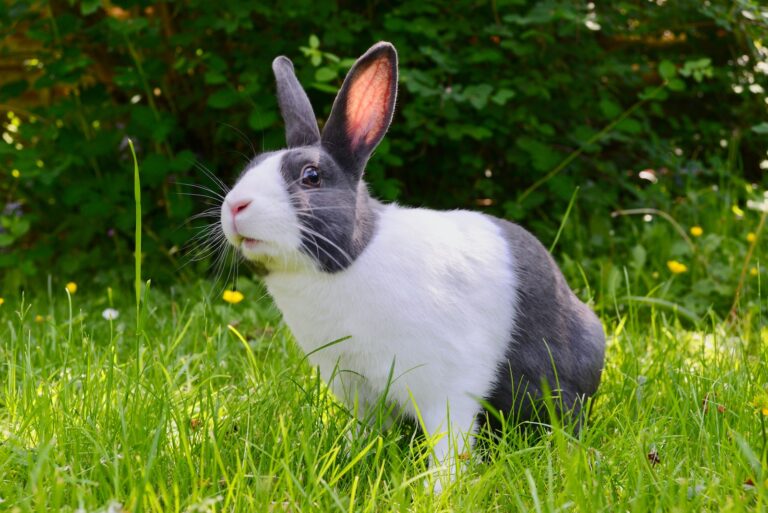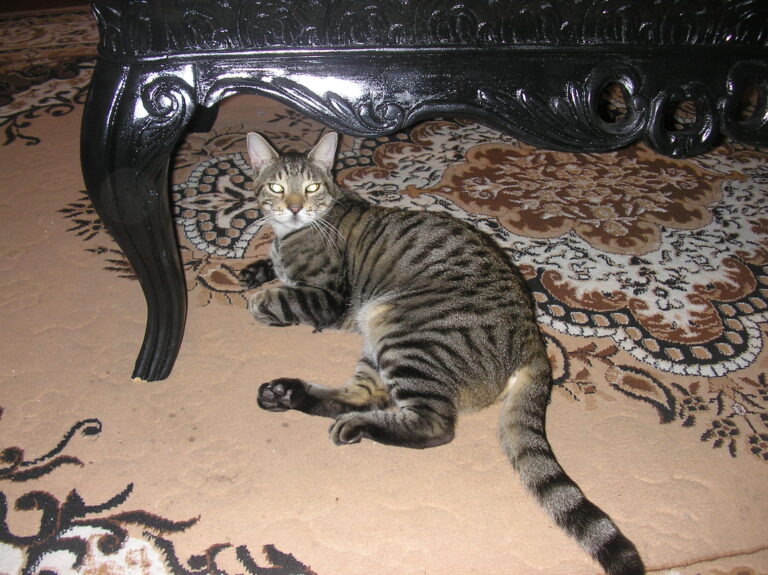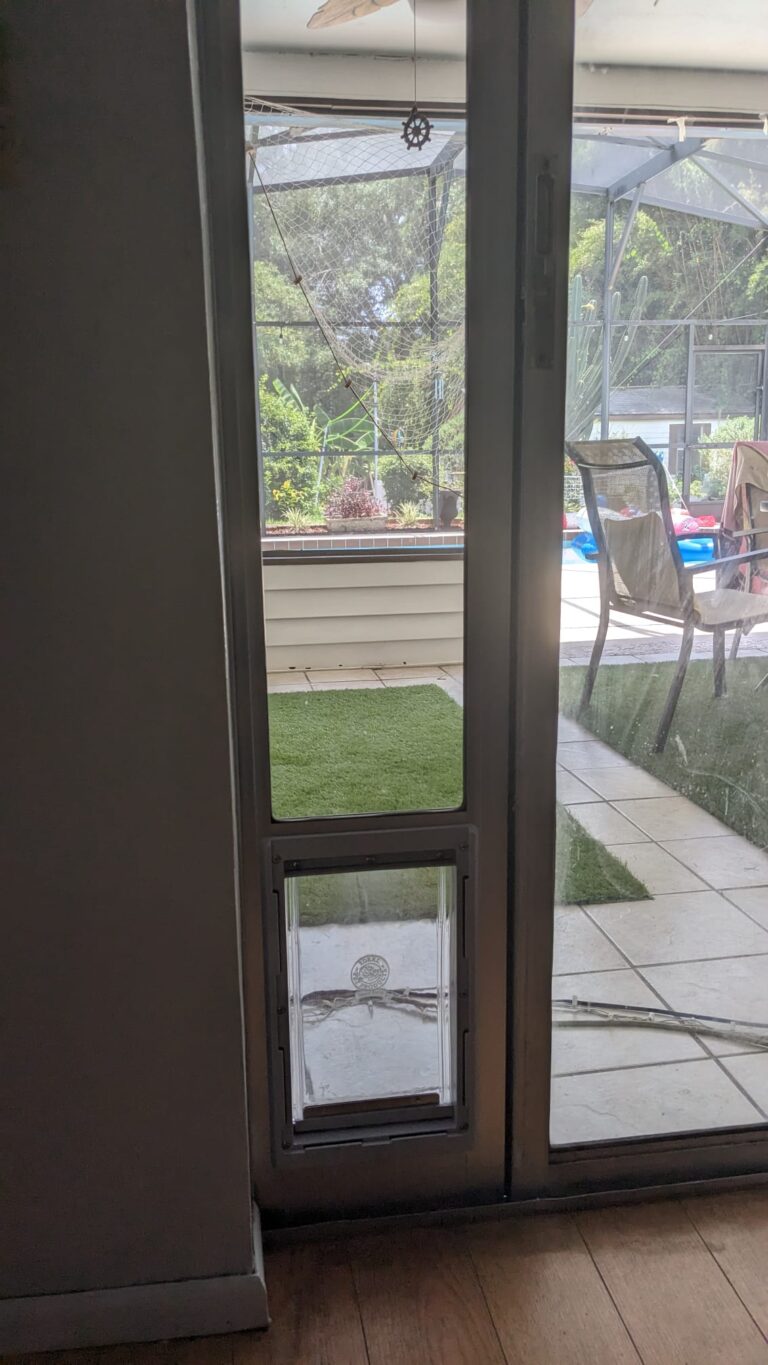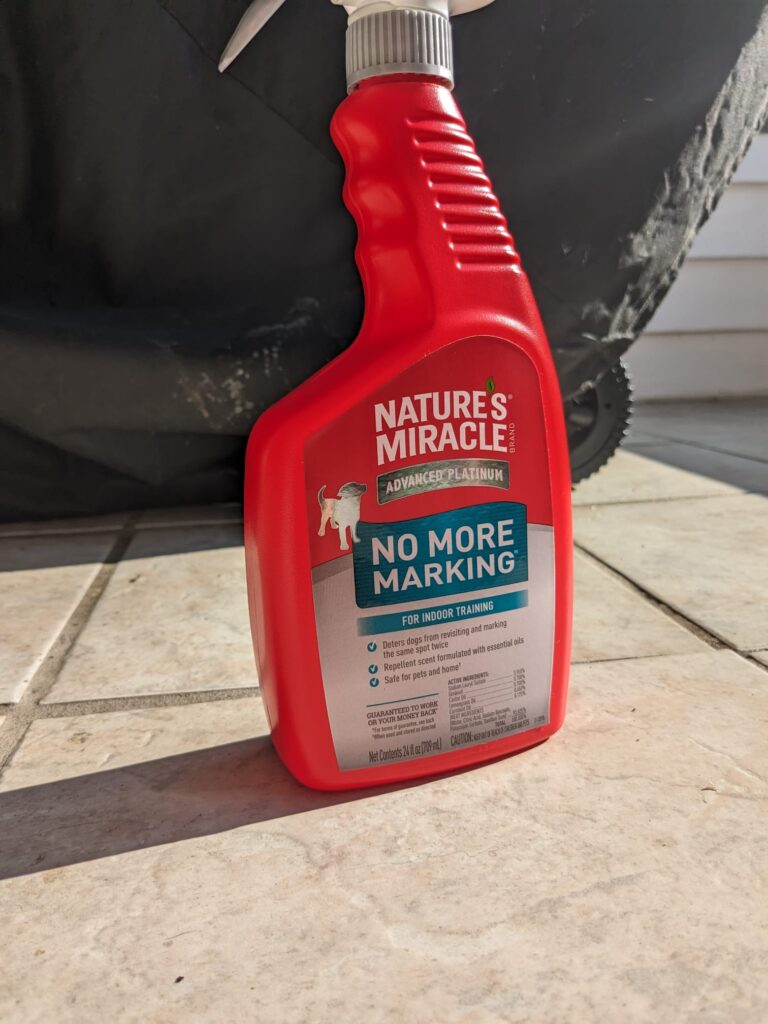Setting Up Your New Hamster’s Home: Essentials vs. Gimicks
Hello, you have welcomed a new member into your family—a charming little hamster! As a conscientious pet owner, you want to provide your furry friend with the best possible care and comfort. However, with the myriad of pet products available in stores, it can be challenging to separate the essentials from the gimmicks. Let us delve into what you really need for your hamster’s habitat and what you can do without. Please note, that my opinion could be different that yours, but perhaps some of these ideas are worth consideration.
Essential #1: A Proper Cage or Habitat
When it comes to setting up a comfortable and safe home for your new hamster, the importance of choosing the right cage or habitat cannot be overstated. Here is a closer look at what makes this an absolute essential:


Spacious Enclosure: Hamsters are naturally active creatures that love to scuttle about and explore their surroundings. Therefore, it is crucial to provide them with a habitat that offers ample space. Look for a cage that allows your hamster to move freely, climb, and exercise. A general rule of thumb is to aim for at least 360 square inches (2,300 square centimeters) of floor space. This ensures your hamster has room to stretch its legs and engage in its natural behaviors.
Proper Ventilation: Good airflow is essential for your hamster’s health. Wire cages are a popular choice among hamster owners due to their excellent ventilation properties. The gaps between the wires provide a constant supply of fresh air, preventing the buildup of ammonia and odors. This ventilation helps maintain a clean and healthy environment for your pet.
Easy to Clean: Keeping your hamster’s habitat clean is vital for its well-being. Wire cages are not only well-ventilated but also easy to clean. The solid base of these cages allows you to remove bedding and waste efficiently. Regular cleaning prevents the growth of harmful bacteria and ensures a hygienic living space for your furry friend.
Avoid Aquariums: While aquariums may seem like a good option, they can trap moisture and lead to respiratory issues in hamsters. The enclosed space can create a humid environment, which is not suitable for these small rodents. Proper ventilation is often lacking in aquariums, making them less ideal for hamsters.
Essential #2: Bedding Material
Selecting the right bedding material for your hamster is not just about comfort; it is also crucial for their health and well-being. Here is why choosing the appropriate bedding material is an essential step in caring for your furry friend:
Nesting and Burrowing: Hamsters are natural nesters and burrowers. In the wild, they create elaborate burrows to hide, sleep, and store food. Providing suitable bedding material allows them to exhibit these natural behaviors in captivity. It gives them a sense of security and satisfaction as they construct cozy nests and explore their tunnels.
Temperature Regulation: Bedding material serves as insulation, helping your hamster maintain its body temperature. Hamsters are sensitive to extreme temperatures, and the right bedding material can help them stay warm in colder months and cool during hot weather. It is essential to keep your hamster’s habitat at a comfortable temperature, and the bedding plays a role in this.
Safe and Non-Toxic Options: When choosing bedding material, always opt for safe and non-toxic options. Popular choices include aspen shavings, paper-based bedding, and coconut coir. These materials are known for their safety and suitability for hamsters. They are free from harmful chemicals that could harm your pet’s respiratory system or skin.
Avoid Cedar and Pine Shavings: It is essential to avoid cedar and pine shavings as bedding for your hamster. These types of wood release aromatic oils that contain chemicals known as phenols. Phenols can be harmful and irritating to your hamster’s respiratory tract and skin. Prolonged exposure to cedar or pine bedding can lead to health problems, making them unsuitable choices for your pet.
Regular Bedding Maintenance: While providing suitable bedding is essential, it is equally crucial to maintain it. Hamsters can be meticulous about their nests and burrows, and they may rearrange or soil their bedding regularly. Make sure to spot-clean the bedding as needed and change it entirely every one to two weeks to maintain a clean and hygienic environment.
Essential #3: A Wheel for Exercise

Hamsters are renowned for their boundless energy and inquisitive nature. To ensure the health and happiness of your furry friend, providing ample opportunities for exercise is paramount.
Physical Health: Hamsters are crepuscular animals, which means they are most active during the dawn and dusk hours. In captivity, they may not have the same opportunities for roaming and exploring as they would in the wild. A hamster wheel provides them with an outlet for physical activity, helping to prevent obesity and related health issues. Regular exercise also aids in maintaining muscle tone and overall well-being.
Mental Stimulation: Exercise is not just about physical health; it is also essential for mental stimulation. Hamsters are intelligent creatures that benefit from mental challenges. A running wheel provides an engaging activity that can stave off boredom and stress. It allows your hamster to satisfy its natural curiosity and desire to explore.
Selecting the Right Wheel: When choosing a wheel, opt for one with a solid running surface. This design feature is crucial for preventing injuries to your hamster. Wheels with wire or mesh surfaces can be hazardous, as they may trap tiny feet and tails, leading to serious injuries. Look for a wheel that has a smooth, solid surface, ensuring your hamster can run comfortably without any risk of entrapment.
Appropriate Size: The size of the wheel matters. Ensure the wheel is appropriately sized for your hamster’s breed. Larger hamsters, such as Syrian hamsters, require larger wheels to accommodate their body size comfortably. Dwarf hamsters, on the other hand, can use smaller wheels. The aim is to provide a wheel that allows your hamster to run with a straight back, without any arching or discomfort.
Regular Cleaning: As with all elements of your hamster’s habitat, regular cleaning of the wheel is essential. Hamsters can leave feces and urine on the wheel, so be sure to clean it thoroughly to maintain a hygienic living environment for your pet

Essential #4: Food and Water Containers
Proper nutrition is fundamental to your hamster’s well-being, and providing the right food and water containers is essential for their daily care.

Nutritional Balance: Hamsters require a balanced diet to thrive. The food container is where you deliver this vital nutrition. Opt for a small, heavy, and stable dish that is difficult for your hamster to tip over. Secure containers ensure your hamster can access its food without difficulty and prevent spillage, which can lead to waste and mess.
Fresh Water Supply: Water is perhaps the most critical element of your hamster’s diet. Ensure that your hamster has access to clean, fresh water at all times. Water containers should be designed to prevent contamination and spillage. Choose a sipper bottle with a metal spout or a small, heavy bowl that your hamster cannot easily tip over. Regularly check and clean the water container to maintain hygiene.
Hydration and Health: Proper hydration is crucial for your hamster’s health. Dehydration can lead to a range of health issues, so ensuring a consistent supply of clean water is a top priority. Regularly check the water container to ensure it is working correctly, and replace the water daily.
Balanced Diet: Hamsters thrive on a diet that includes a mix of commercial hamster pellets, fresh vegetables, and the occasional treat. The food container is where you provide these nutritious offerings. Maintain portion control to prevent overeating, and ensure that fresh foods are removed from the cage if they become spoiled.
Ease of Cleaning: Easy maintenance is essential when choosing food and water containers. Look for options that can be quickly removed and cleaned. This helps prevent the buildup of bacteria and keeps your hamster’s environment hygienic.
Essential #5: Hideouts and Toys
Creating a stimulating and enriching environment for your hamster is essential for their mental and physical well-being. Hideouts and toys are not just delightful additions; they are vital for keeping your hamster engaged and content
Security and Comfort: Hamsters are natural burrowers and seek refuge in small, enclosed spaces. Providing hideouts like small wooden houses or tunnels gives them a sense of security and comfort. These hideouts also serve as resting places where your hamster can retreat when it wants some alone time.
Mental Stimulation: Hamsters are intelligent animals that need mental stimulation to prevent boredom and stress. Toys and playthings offer them the opportunity to explore, problem-solve, and exercise their minds. Chew sticks, tunnels, and cardboard boxes are excellent choices. Hamsters love to chew on things, and chew sticks help keep their teeth healthy and trim.
Physical Exercise: Toys encourage physical activity, helping your hamster stay fit and maintain a healthy weight. Tunnels, in particular, offer a fun way for hamsters to exercise by running through and exploring their habitat. Exercise is essential for preventing obesity and promoting muscle development.
Preventing Behavioral Issues: Hamsters can develop behavioral problems if they become bored or stressed. These issues can manifest as excessive chewing, digging, or even aggression. Providing a variety of toys and hideouts can alleviate boredom and reduce the risk of such problems.
Natural Behaviors: Hideouts and toys allow your hamster to express their natural behaviors. They mimic the activities hamsters would engage in when foraging for food or constructing burrows in the wild. This not only keeps your pet happy but also helps them feel more at home in their enclosure.
Rotating Toys: To keep your hamster engaged, consider rotating toys every few days. This prevents habituation, where your hamster becomes bored with its surroundings. When you reintroduce a toy, it becomes exciting and novel once again.
Essential #6: Bedding Nest and Nesting Material
Ensuring your hamster’s habitat includes a dedicated space for nesting is essential for their comfort and well-being. Hamsters are natural nest builders, and providing the right materials is crucial, Hamsters are instinctual nest builders, crafting cozy spaces for sleeping and storing food. To facilitate this essential behavior, it is crucial to provide the appropriate materials. Nesting material, such as shredded paper or tissues, is essential. These materials allow your hamster to create a warm and snug nest where it can retreat for rest and relaxation. Additionally, consider providing a small, enclosed nesting box within the habitat. This box not only offers your hamster a secure and private space for nesting but also mimics the natural burrows they would create in the wild. These nesting provisions not only contribute to your hamster’s physical comfort but also help reduce stress and promote natural behaviors.
Essential #7: Basic Cleaning Supplies
Keep your hamster’s home clean and odor-free with a scoop for waste removal and a pet-safe disinfectant. Regularly clean the cage to maintain a healthy environment.
Not so necessary
Gimmick #1: Elaborate Tunnels and Mazes
Although tunnels and mazes can provide entertainment for hamsters, they fall into the category of non-essentials. While some hamsters might thoroughly enjoy navigating these intricate structures, many are perfectly content with simpler toys. It is advisable to begin with the basics and assess your pet’s preferences. Starting with uncomplicated toys allows you to gauge your hamster’s interest and adapt their habitat accordingly. Some hamsters may thrive on the challenge of tunnels and mazes, while others may find joy in simpler, readily available items. The key is to observe your hamster’s behavior and adjust their environment to suit their individual preferences and needs.

Gimmick #2: Excessive Cage Accessories
While it can be tempting to fill your hamster’s cage with an abundance of accessories, it is crucial to remember that hamsters thrive in an environment that offers both stimulation and room to move. Overcrowding the cage with excessive accessories falls into the category of non-essentials. Hamsters, by nature, prefer open spaces that allow them to run, explore, and engage in natural behaviors.
It is advisable to opt for a few well-chosen items that provide enrichment and comfort rather than overwhelming your pet with an excessive amount of clutter. Prioritize essential elements like bedding, a wheel, a secure hideout, and suitable food and water containers. This approach ensures that your hamster has sufficient space to move around and exercise, promoting both physical and mental well-being.
Remember that a well-thought-out habitat that balances enrichment and open space is more conducive to your hamster’s health and happiness than an overcrowded cage filled with unnecessary accessories.
Gimmick #3: Exotic Hamster Diets
In the realm of hamster care, simplicity and practicality often outshine extravagant options. While it might be tempting to explore exotic diets marketed as superfoods for your hamster, it is crucial to stick to a balanced diet recommended by your veterinarian. These exotic diets can not only be unnecessary but potentially harmful to your furry friend. Hamsters thrive on a balanced diet tailored to their nutritional needs, and it is advisable to consult with a veterinary expert to ensure that their dietary requirements are met. Exotic diets, often accompanied by a hefty price tag, may promise extraordinary benefits but can introduce unnecessary complexity and potential health risks. By adhering to a well-researched, veterinarian-recommended diet, you prioritize your hamster’s health and well-being, steering clear of the allure of exotic and potentially detrimental dietary options.
Gimmick #4: High-End Water Bottles
When it comes to providing water for your hamster, simplicity reigns supreme. Basic, functional water bottles are not only sufficient but are also a more practical choice compared to high-end, designer bottles. What truly matters is the cleanliness and reliability of the water source. Hamsters are not connoisseurs of water bottles; they require a clean and leak-proof source to stay hydrated. Prioritize functionality over aesthetics. Ensure that the water bottle is easy to clean and maintain, as cleanliness is paramount for your hamster’s health. Regularly check for leaks and ensure that your pet has constant access to fresh, uncontaminated water. By focusing on the essentials, you provide your hamster with a reliable source of hydration without the need for extravagant water bottle options.
Gimmick #5: Overly Fragrant Bedding
When it comes to selecting bedding for your hamster’s habitat, simplicity and consideration for your pet’s well-being should be your guiding principles. While fragrant bedding might initially seem appealing, it can prove overwhelming for your hamster’s sensitive nose. Opting for unscented bedding is the wisest choice. Hamsters rely heavily on their sense of smell to navigate their surroundings, locate food, and communicate. Overly fragrant bedding can mask their natural scent, which can be confusing and distressing for them. It’s essential to prioritize their comfort and natural behaviors. Unscented bedding not only respects your hamster’s sensory needs but also maintains a more natural and comfortable environment within their enclosure. By keeping the bedding simple and free of artificial scents, you ensure that your hamster can thrive and feel at ease in their home.

In conclusion, providing your hamster with a comfortable and stimulating environment does not require a shopping spree of extravagant pet products. Focus on the essentials that cater to your hamster’s health and happiness. Remember that your time, attention, and love are the most valuable gifts you can give your new hamster companion.






